Astigmatism is a defect of the optical system resulting in blurred vision of objects. It appears due to the asymmetry of the eye cornea or lens, which is stretched and distorted. The cornea of a person with astigmatism has an elongated form, resembling a rugby ball. As a result of this process, a refractive error occurs – the beam of light entering the eye is distorted.
Eye astigmatism is very often associated with farsightedness![]() and nearsightedness
and nearsightedness![]() . In the case of myopia in one axis and hyperopia in the perpendicular axis, such astigmatism of the eye is called mixed (astigmatism mixtus). It is measured using cylindrical diopters.
. In the case of myopia in one axis and hyperopia in the perpendicular axis, such astigmatism of the eye is called mixed (astigmatism mixtus). It is measured using cylindrical diopters.
The cornea![]() (front surface with tear film) and the lens
(front surface with tear film) and the lens![]() (interior, changes shape for focusing) are two components in the eye that refract light to produce images.
(interior, changes shape for focusing) are two components in the eye that refract light to produce images.
The retina![]() receives a sharp image thanks to the circular curve of the eye, which helps to reflect incoming light. If the cornea or lens is oval-shaped
receives a sharp image thanks to the circular curve of the eye, which helps to reflect incoming light. If the cornea or lens is oval-shaped![]() with two diverging curves, light rays are irregularly bent, resulting in two distinct images that blend or overlap, leading to hazy vision.
with two diverging curves, light rays are irregularly bent, resulting in two distinct images that blend or overlap, leading to hazy vision.
The eye's optical system consists of the cornea and lens in the anterior component of the eye and the retina, which receives visual stimuli, the posterior element of the eye. Therefore, due to which of the aspects of this system works incorrectly, we distinguish:
Astigmatism is a refractive error that can coexist with other refractive faults. Farsightedness makes close-up items appear blurry, whereas nearsightedness makes far-away objects appear fuzzy.
Not diagnosing astigmatism or not treating it can cause the appearance of asthenopic symptoms. These are symptoms related to visual work and the feeling of eye strain.
The most standard symptoms of astigmatism![]() are:
are:

Visit an ophthalmologist for a comprehensive eye exam to determine the cause of your symptoms, as they may not always indicate astigmatism.
While an adult will immediately seek ophthalmological help, in the case of a kid, it may take a long time before we find out that headaches, reluctance to read, or problems with coordination of movements are not neurological or psychological but are related to problems with vision. That is why carrying out preventive ophthalmological examinations in school-aged children is so significant.
Asigmatic vision disorders can significantly contribute to learning failures, exclude a child from the peer group, and cause problems with socialization. If astigmatism is joined by short-sightedness or long-sightedness – and this is often the case in adolescence – the child may be terrified of the intensity and pace of changes associated with the vision defects development.
Appropriate ophthalmological care and selecting proper glasses or contact lenses eliminate the problem and allow the child to maximize his potential.
People with astigmatism see blurred images, objects may be cloudy, and contours may be fuzzy. The image seen by the astigmatic is distorted, and straight lines seem crooked. The higher the astigmatism value, the greater the discomfort associated with changing the image's shape.
Astigmatism is characterized by hazy vision both at a distance and up close. Headaches often accompany it, a feeling of eyeball tension and squinting. Individuals with astigmatism also have a disturbed sense of space.
Astigmatism often goes undiagnosed because patients with mild visual impairment do not report to the doctor.
After the examination, your doctor suggests a suitable treatment plan.
Both before and after surgical correction procedures, computer keratography![]() is used. The result of this test is a color map showing the cornea – its curvature, thanks to which the process can be carefully planned and its effectiveness assessed.
is used. The result of this test is a color map showing the cornea – its curvature, thanks to which the process can be carefully planned and its effectiveness assessed.
As mentioned, the risk of astigmatism is higher in people who have a family member with astigmatism. Methods of prevention are not known because it is most often a primary defect in the structure of the cornea, and although it is detected in childhood, it is most often present at birth.
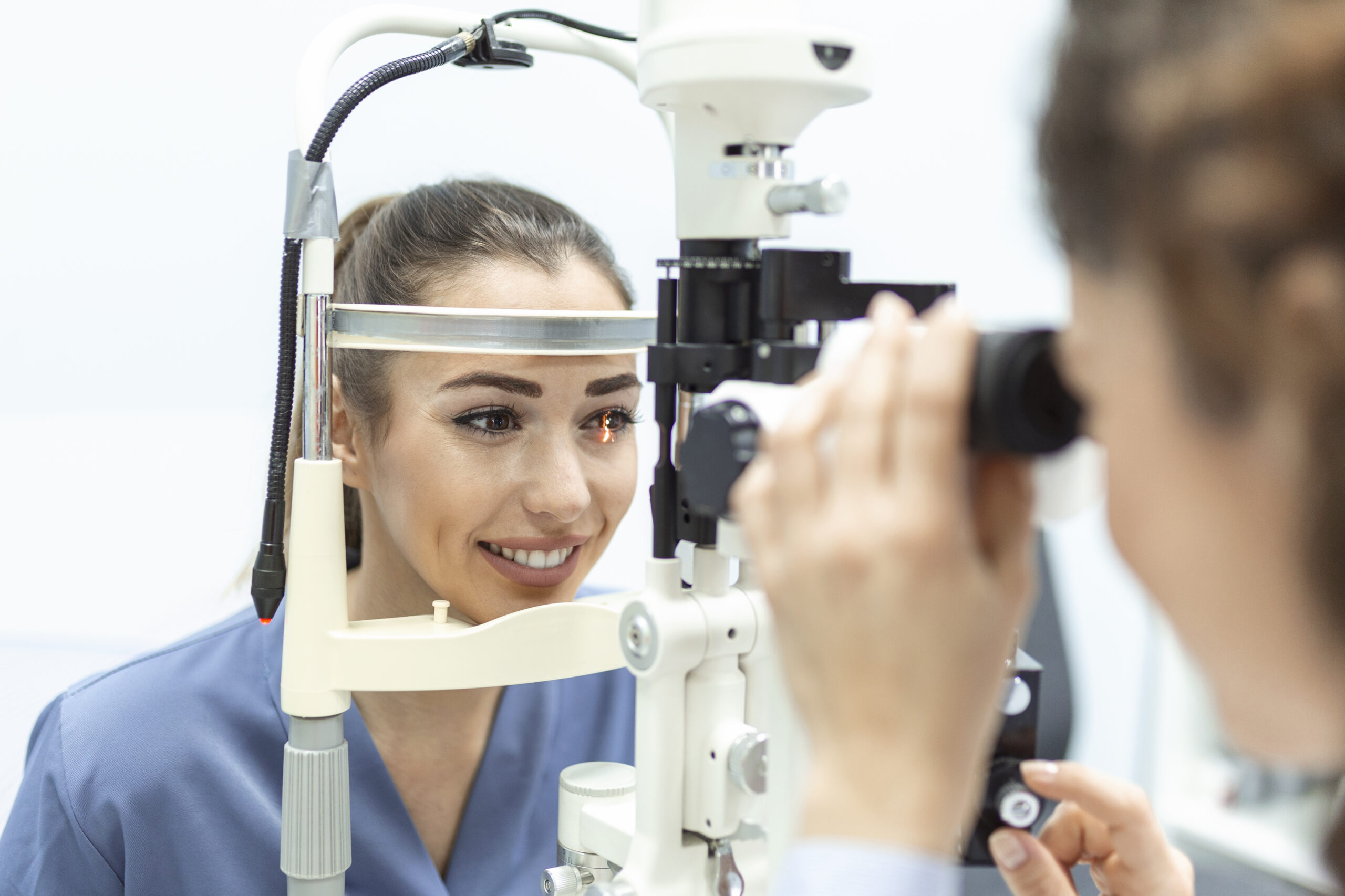
Spectacle correction is the most common form of correction of typical refractive errors such as myopia. Only contact lenses![]() are used to correct astigmatism in simple eyes. Regarding complex asymmetry, spherical and cylindrical corrections are used together.
are used to correct astigmatism in simple eyes. Regarding complex asymmetry, spherical and cylindrical corrections are used together.
A large selection of contact lenses available today should be selected for you depending on your vision defect and after consultation with your eye doctor. If there is a slight astigmatism, glasses are usually worn only for studying, driving a car, or working on a computer.
Wash your hands before touching your eyes, especially if you want to wear contact lenses. Use gentle cosmetics and dry your hands with a lint-free cloth. Microorganisms and bacteria on your fingertips can cause illnesses, e.g., pink eye. That is the reason it is meaningful to take care of your hygiene.
While the right lenses or glasses can help, astigmatism cannot be cured. A doctor must be involved for the deformity to be removed entirely. Astigmatism can be treated surgically or with a laser.
The doctor incises the cornea with a scalpel (microkeratome) during the LASIK procedure![]() . Then, the exterior is remodeled so it is possible to concentrate the image on the retina correctly.
. Then, the exterior is remodeled so it is possible to concentrate the image on the retina correctly.
The procedure LASEK![]() consists of deviation of the upper corneal cell layer (epithelium) and then appropriate remodeling of the underlying corneal tissue. The doctor uses an excimer laser. The technique seeks to sufficiently form the central surface of the cornea with a laser ray to concentrate the image specifically on the retina surface.
consists of deviation of the upper corneal cell layer (epithelium) and then appropriate remodeling of the underlying corneal tissue. The doctor uses an excimer laser. The technique seeks to sufficiently form the central surface of the cornea with a laser ray to concentrate the image specifically on the retina surface.
Photorefractive keratectomy![]() (PRK) involves removing the epithelium, which will naturally grow back and conform to the cornea's new shape. After the process, a bandage contact lens may be essential for a few days.
(PRK) involves removing the epithelium, which will naturally grow back and conform to the cornea's new shape. After the process, a bandage contact lens may be essential for a few days.
During SMILE![]() , a tiny lens-shaped tissue fragment is constructed beneath the skin's surface by the doctor using a laser, which is then removed via a small incision. It is significant to remember that SMILE is now only accepted for mild cases of nearsightedness.
, a tiny lens-shaped tissue fragment is constructed beneath the skin's surface by the doctor using a laser, which is then removed via a small incision. It is significant to remember that SMILE is now only accepted for mild cases of nearsightedness.
You cannot cure astigmatism at home. Some people do eye yoga![]() . However, there is no scientific information that would confirm the effectiveness of this method in the treatment of astigmatism.
. However, there is no scientific information that would confirm the effectiveness of this method in the treatment of astigmatism.
Eye exercises at home may be indicated in the case of strabismus. It is because they prevent the occurrence of complications such as lazy eye. They are also a form of rehabilitation and part of treatment in the early stages of this disease.
Visual training can also work for vision defects such as myopia. It is also recommended as a form of prevention and a way to care for eye hygiene, especially in the case of people working a lot in front of the computer.
Astigmatism causes difficulties in many aspects of life, including everyday tasks and engaging in particular careers or pastimes. The following are some ways that astigmatism might affect your life:
Particularly in occupations requiring precise eyesight, astigmatism can obstruct working and studying.
Your ability to enjoy things like viewing movies, reading, watching sports, or engaging in physical activities may be limited by relatively weak eyesight.
Road safety may be in danger because astigmatic people may struggle to gauge the distance and speed of moving cars.
Look after them every day and not just on special occasions. Fortunately, there are a few uncomplicated rules![]() that you can put into practice today to support your eye's health.
that you can put into practice today to support your eye's health.

We should have our eyes checked at least every two years. Nevertheless, this does not mean that you cannot do it more frequently – if you notice any issues, be sure to visit your doctor.
With routine eye examinations, we can catch any potential changes. It will allow you to treat your eyes early in the condition. Remember that the lifestyle that most of us lead, associated with spending many hours in front of the computer, is not beneficial for the eyes, which means that your eyesight can deteriorate even if you are 100% healthy.
The most important thing is the prevention of eye diseases. Vitamin deficiencies have a damaging impact on the functioning of the optical system. Proper supply should be based primarily on a balanced diet that is rich in, e.g., carrots (vitamin A), green vegetables (vitamin C), nuts (vitamin E), legumes (vitamin B), fatty fish (vitamin D, omega-3 fatty acids).
Our eyesight is not naturally adapted to long-term focusing on the bright images that constantly appear on the computer screen near the eyes. For this reason, most people who study or work at a computer experience symptoms of eye strain. Prolonged use of mobile phones and televisions similarly affects our eyesight.
According to the 20/20/20 rule – you should work for twenty minutes, then stop for at least twenty seconds to look at an object twenty feet away.
Lack of sleep also has negative consequences for the health of our eyesight. Due to the lack of adequate sleep, eye strain appears. Pain, eyelid spasms, redness, bruises under the eyes, hyperemia, dryness, or photophobia manifest it.
Also, optic nerve edema may have been caused by increased intracranial pressure in states of chronic sleep deprivation. Additionally, chronic eye strain may increase the risk of glaucoma, and the uncontrolled progression of this disease causes irreversible damage to the optic nerve and, in highly neglected cases, may even lead to blindness.
Get glasses with an anti-reflective coating. They decrease reflections and glare from the screen, enhance visual acuity and contrast, and lessen eye fatigue. They are a protective barrier even against UV rays and electromagnetic waves.
If you do not have any visual impairment, you can buy glasses for working with a computer at zero power. However, if you wear contact lenses, select those with a UV filter that permits you to maintain above-average eye moistness.
Physical activity is one of those activities that affect the functioning of our entire body. It is no different with sight. Regular exercise improves blood circulation and transport to all organs, including the eye. Find a sport that gives you pleasure and permanently enter it into your schedule to improve the blood supply to the eye.
Nicotine provokes exaggerated narrowing of blood vessels. These include those in the eyeballs. Tar, acetone, arsenic, ammonia, and other toxic compounds supplied with cigarette smoke raise the risk of cancer, systemic disorders, and severe eye diseases.
Table of Contents

Contact lenses are small devices that bring many benefits. Learn about the pros and cons of various lenses. Know the… read more »
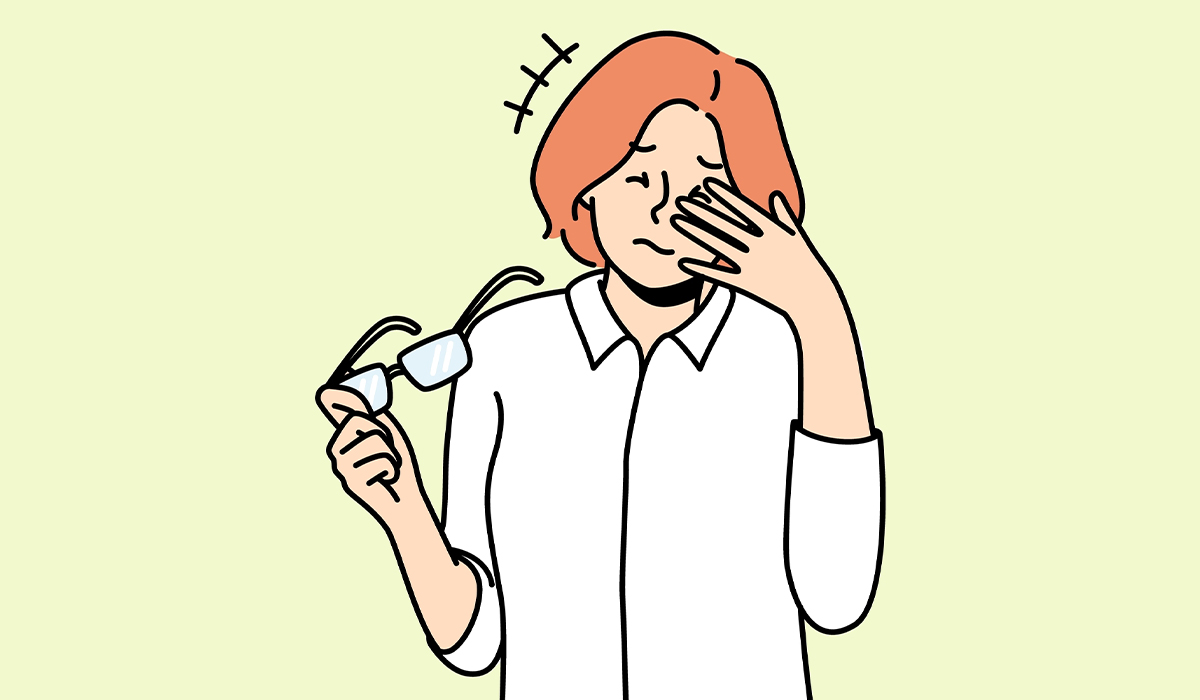
Blurry vision is a symptom that can indicate a minor eye condition, but also a systemic disease or cancer. Find… read more »
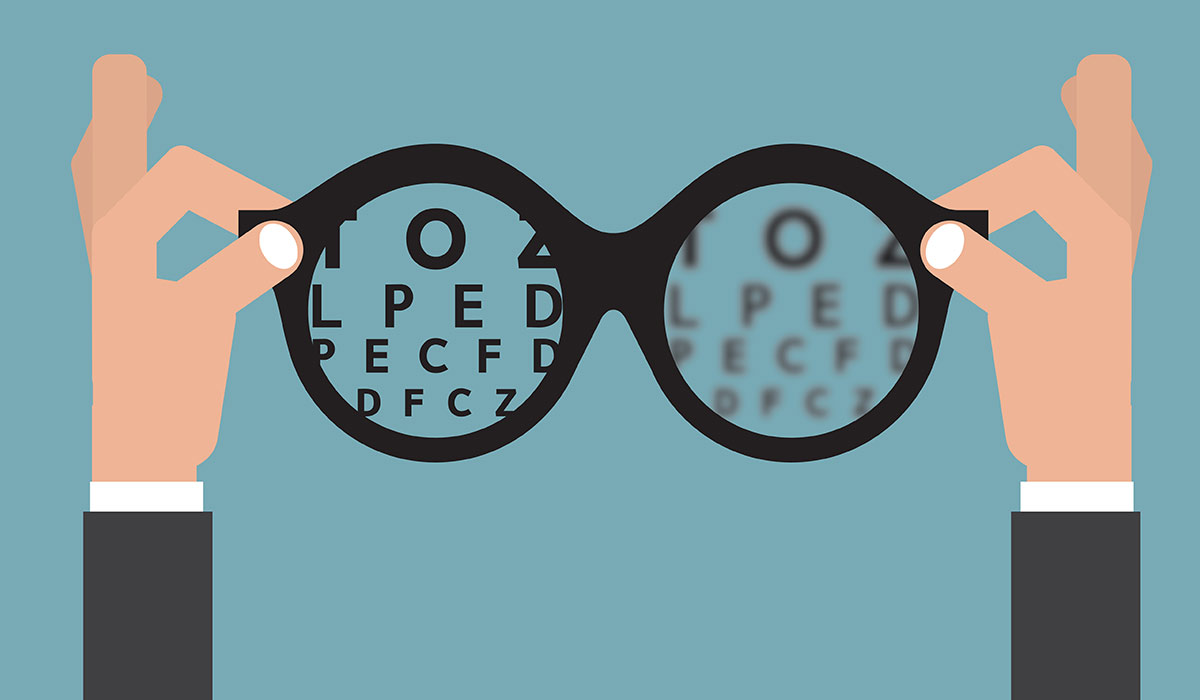
Myopia, also called nearsightedness, is an eye condition in which distant objects appear blurry. Here is everything you need to… read more »
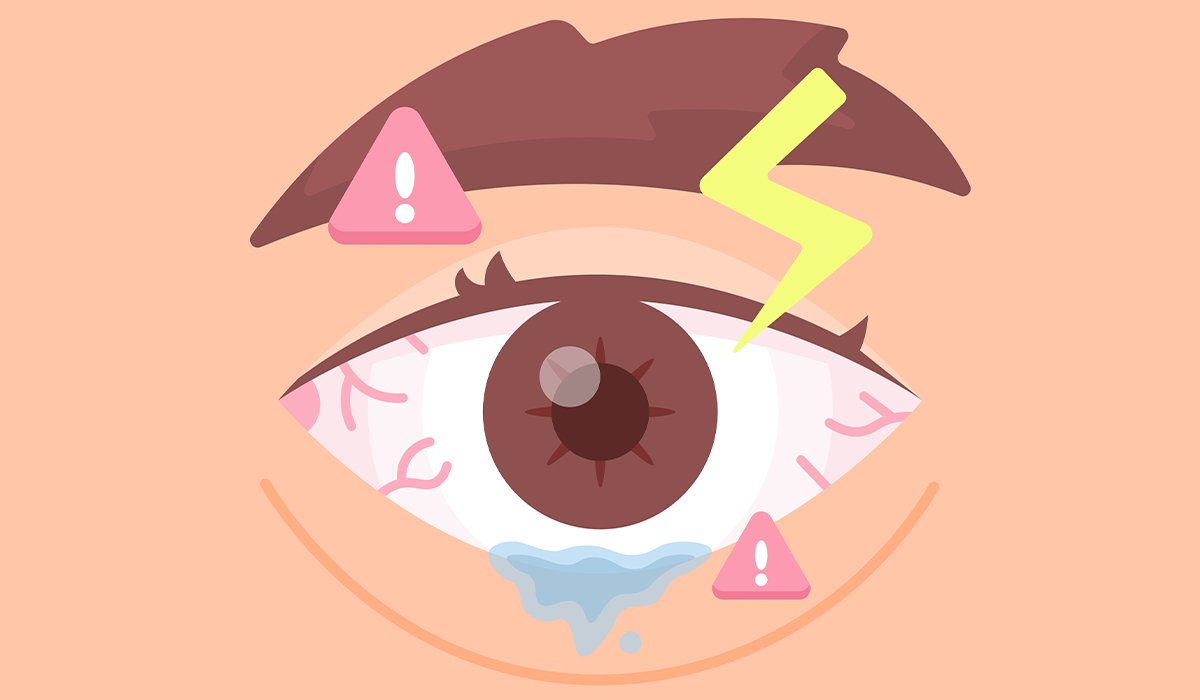
Eye infections are common conditions where an eye becomes red, itchy, and painful. What are the common causes? How is… read more »
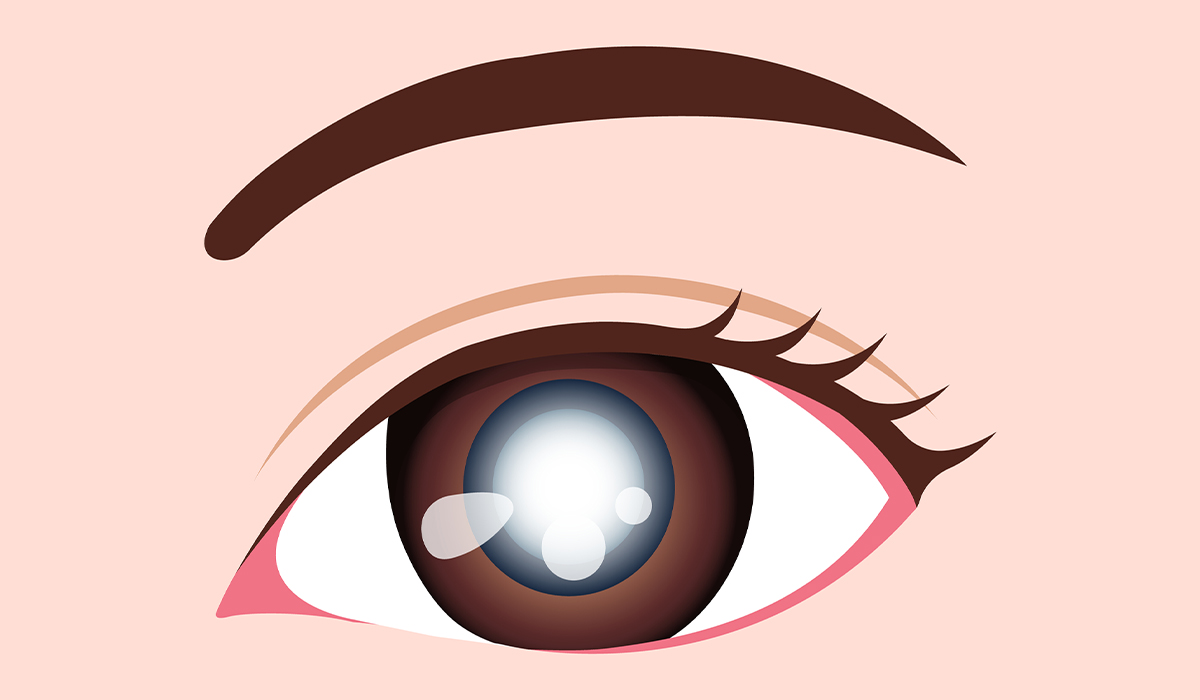
A cataract occurs when the natural eye lens becomes cloudy. The condition is most often associated with older age. When… read more »
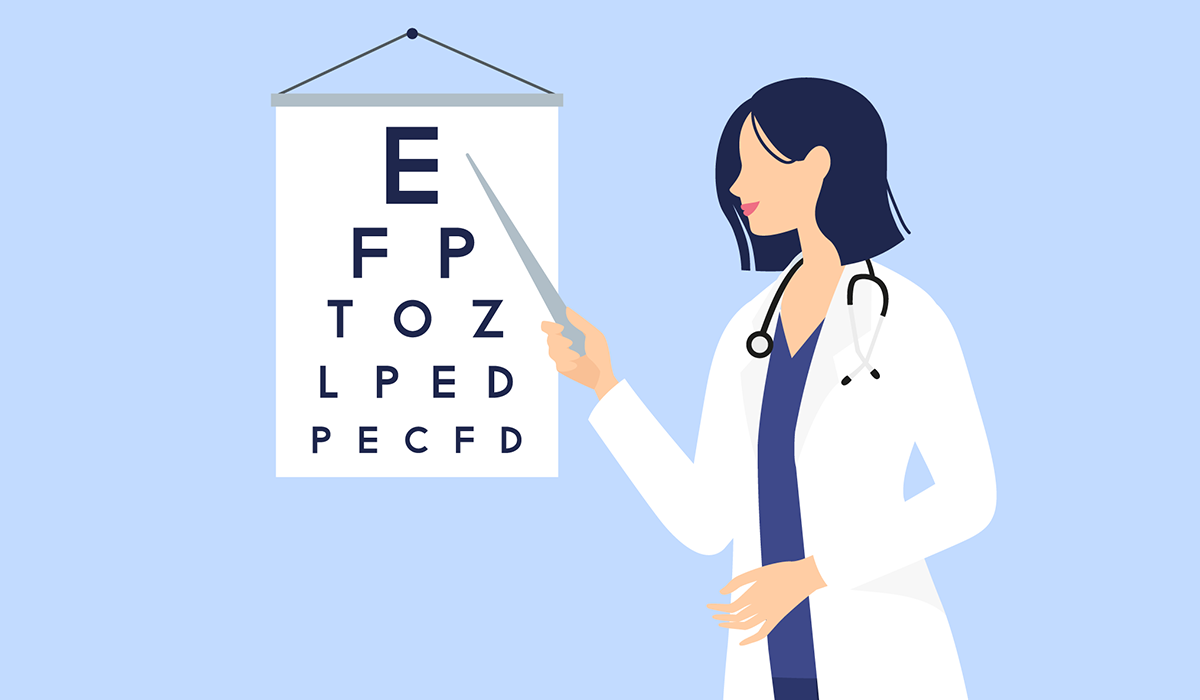
An ophthalmologist is an eye doctor. They are trained to diagnose, treat, and manage eye and vision conditions. Each part… read more »
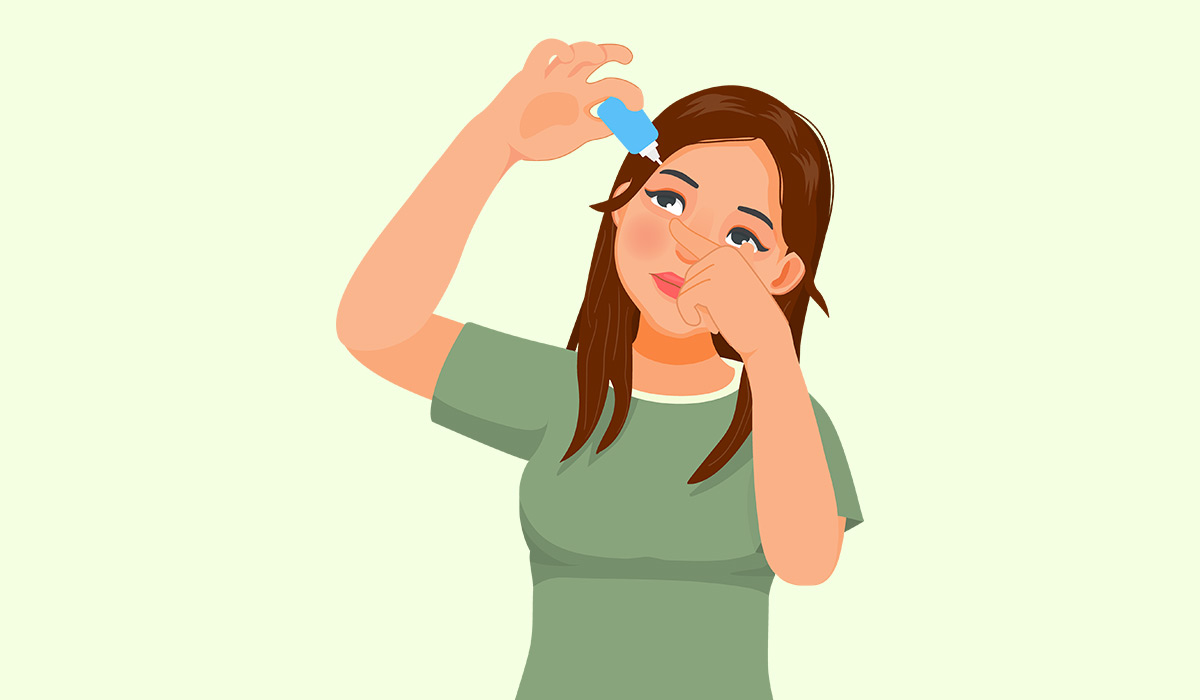
Eye drops are liquid medications designed to be applied directly into the eyes for various purposes. They are used to… read more »
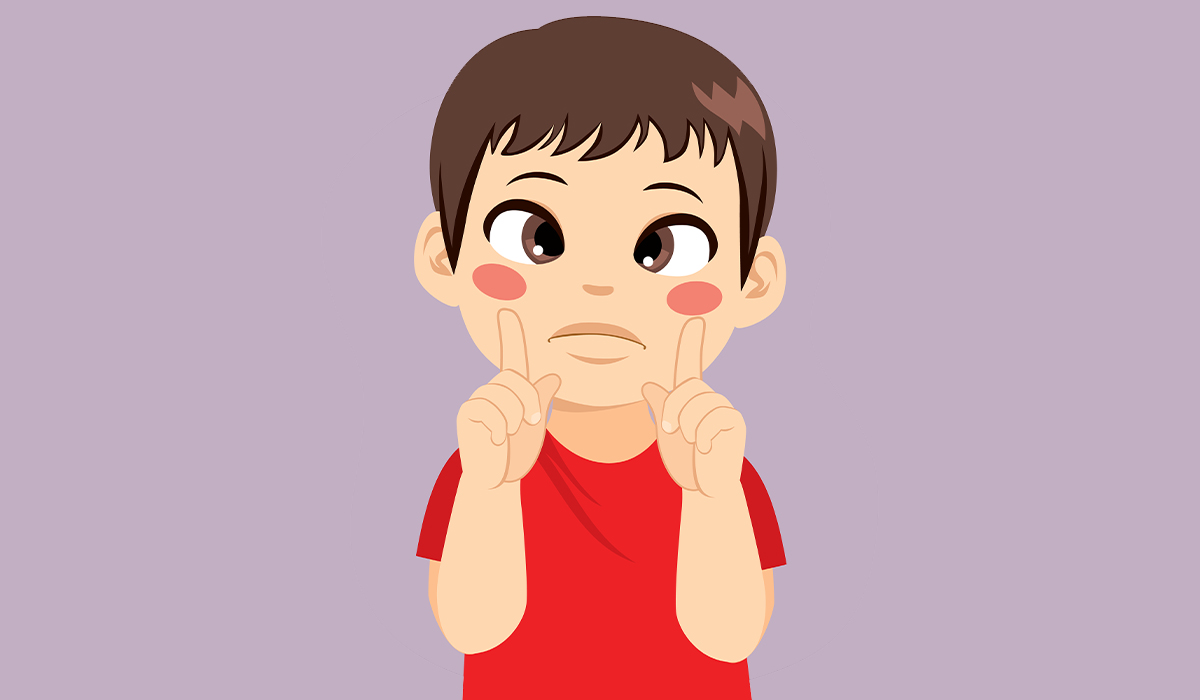
Strabismus is an eye misalignment, a condition when eyes look in different directions. It can affect both children and adults.… read more »

Albinism is a genetically determined disease. See how to spot the first signs of albinism. Learn about the risks associated… read more »